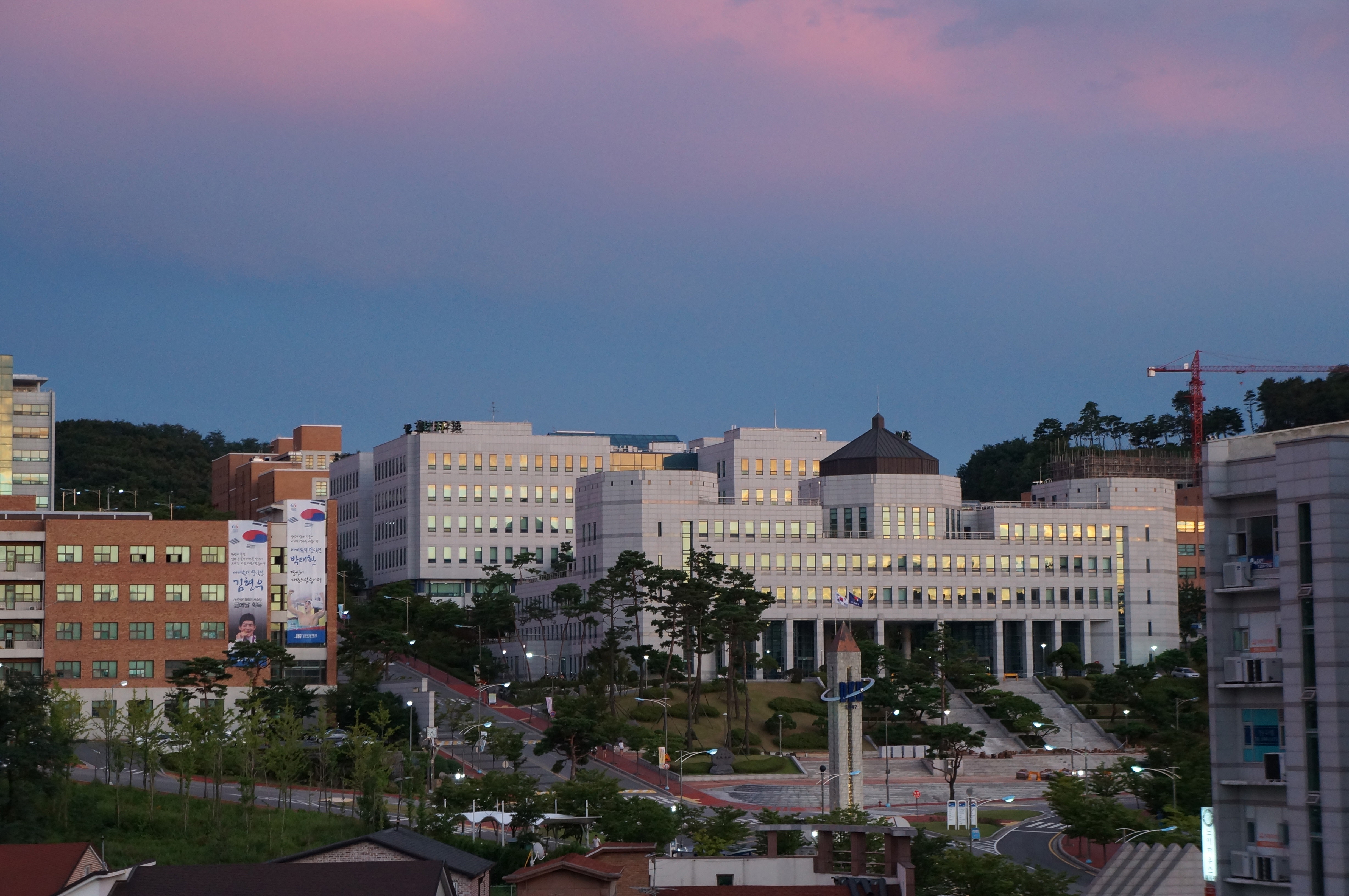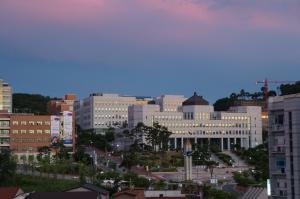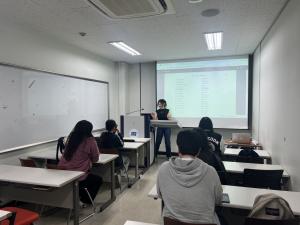The Suez Canal, which opened in 1869, is one of the busiest commercial waterways in the world. Since it directly connects Asia and Europe without bypassing Africa, about 55 ships travel through the canal every day, carrying with them 12% of total global trade. However, on March 23, the massive container vessel Ever Given ran aground at one of the most significant points in the canal, bringing the critical trade route to a sudden halt. The trapped ship prevented other vessels from passing through the waterway and caused shipping delays for customers around the world. While the world watched the delay costs grow with each passing day, active discussions were launched on the construction of default alternative routes to prevent any crisis of this magnitude from happening again in the future.
At 7:40 AM Egyptian time (UTC+2) on March 23, the Ever Given, one of the world’s largest 400m-long container vessels weighing 224,000 tons, ran aground in the Suez Canal purportedly as a result of a sudden sandstorm. With winds reaching 40 knots (74 km/h), the huge ship, which was travelling from Tanjung Pelepas in Malaysia to Rotterdam in the Netherlands, could not secure its visibility forcing the hull to deviate from its course and run aground stranding 15 other ships behind it.
 |
| ▲ A container vessel Even Green is blocking one of the channels of Suez canal. (Photo from Newsis) |
The Suez Canal divides continental Africa from the Sinai Peninsula. This canal shortens the transportation distance for many nations, so it is the preferred route for many companies. With the major maritime route blocked, global logistics transport fell into chaos with cargo ship traffic lined up waiting for it to re-open. It caused huge setbacks for international freight delivery.
Egyptian authorities tried to salvage the ship using tugboats but had no success. Five days later, on March 28, they were finally able to refloat the vessel with the help of a swelling tide. By 3:05PM on March 29, salvage crews were finally able to completely dislodge the giant ship also with the help of high tide. However, the 6 day delay resulted in a backlog of 422 ships waiting to pass through the reopened Suez Canal.
About 12 percent of global trade and 5 to 10 percent of the world’s seaborne oil depend on the Suez Canal. Professionals in Lloyd’s List suggest that 9.6 billion dollars (10.8 trillion won) worth of goods were being delayed every day as the problem went unresolved. That is about 400 million dollars (450 billion won) every hour. The disruption in the transportation of oil and liquefied natural gas also led to international oil prices to rise by 6 percent. The biggest impact is likely to be seen on freight cost as there was a huge change in shipping after the incident. More companies switched to airborne shipments which are at least three times more expensive. These costs will undoubtedly be passed on to consumers. This incident will likely also affect the Japanese shipbuilding industry. Ever Given was constructed by Imabari Shipbuilding, Japan’s largest shipbuilder. No one is quite sure how the ship got stuck, but the issue has caused Imabari to lose credibility.
As the crisis extended, many shipping companies chose to redirect their goods via the Cape of Good Hope route. This European-Asian sea passage was widely used before the Suez Canal opened in 1869. It follows around the southernmost tip of Africa. However, this direction it can add an extra 2 weeks to the journey. Some ships opted for this route despite the unfamiliarity and need for additional fuel, which can cost approximately 30,000 dollars per day. The Arctic route was another alternative that Russian officials promoted during the incident. While there were other options open, they were not a solution for everyone. With ships that carry livestock, time is critical due to the food and water supplies needed for the animals. Animal welfare concerns rose as ships had nowhere to dock and had limited supplies. Due to these reasons, livestock vessels gained top priority to pass through the canal once it re-opened.
An international debate is brewing over who will be held accountable for the massive damage caused by the nearly week-long traffic obstruction. On March 29, Mahab Mamish, a presidential aide for the port development and Suez Canal in Egypt told Russia's Sputnik news agency that the ship's captain is responsible for what happened. Others are looking at the ship’s owner Japan’s Shoei Kisen and the ship operators Taiwan's Evergreen. If it turns out that the cause of the accident was entirely natural, such as strong winds from the sandstorm, both will be exonerated from liability and reparations. In this case, only the problem of default due to force majeure remains, and the case is expected to be dealt with in accordance with the special natural disaster agreement included in the Suez Canal Transit Agreement and any other associated freight transportation agreement.
 |
| ▲ Ever Given refloated after a week of blocking ships. (Photo from Yonhap News) |
Ever Given floated again in the correct direction on March 29 after it halted billions of dollars a day in marine time commerce. The Suez Canal recommenced operations a day after the ship was freed however, the backlog of about more than 400 vessels took another 10 days before operations were normalized.
After suffering from the very first wide scale obstruction of the Suez Canal, the international community launched active discussions on default alternative routes, realizing a need for new waterway. While the traffic is now back moving seamlessly through the passage, those involved in the incident will be dealing with the repercussions for a long time yet to come.
구시현, 김서연, 김혜선, 최민지 dankookherald@gmail.com

 Pioneering Education for a New Era of Dankook: PRIMUS International University
Pioneering Education for a New Era of Dankook: PRIMUS International University






